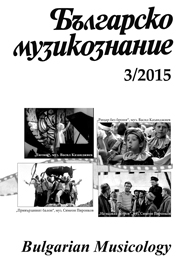
We kindly inform you that, as long as the subject affiliation of our 300.000+ articles is in progress, you might get unsufficient or no results on your third level or second level search. In this case, please broaden your search criteria.

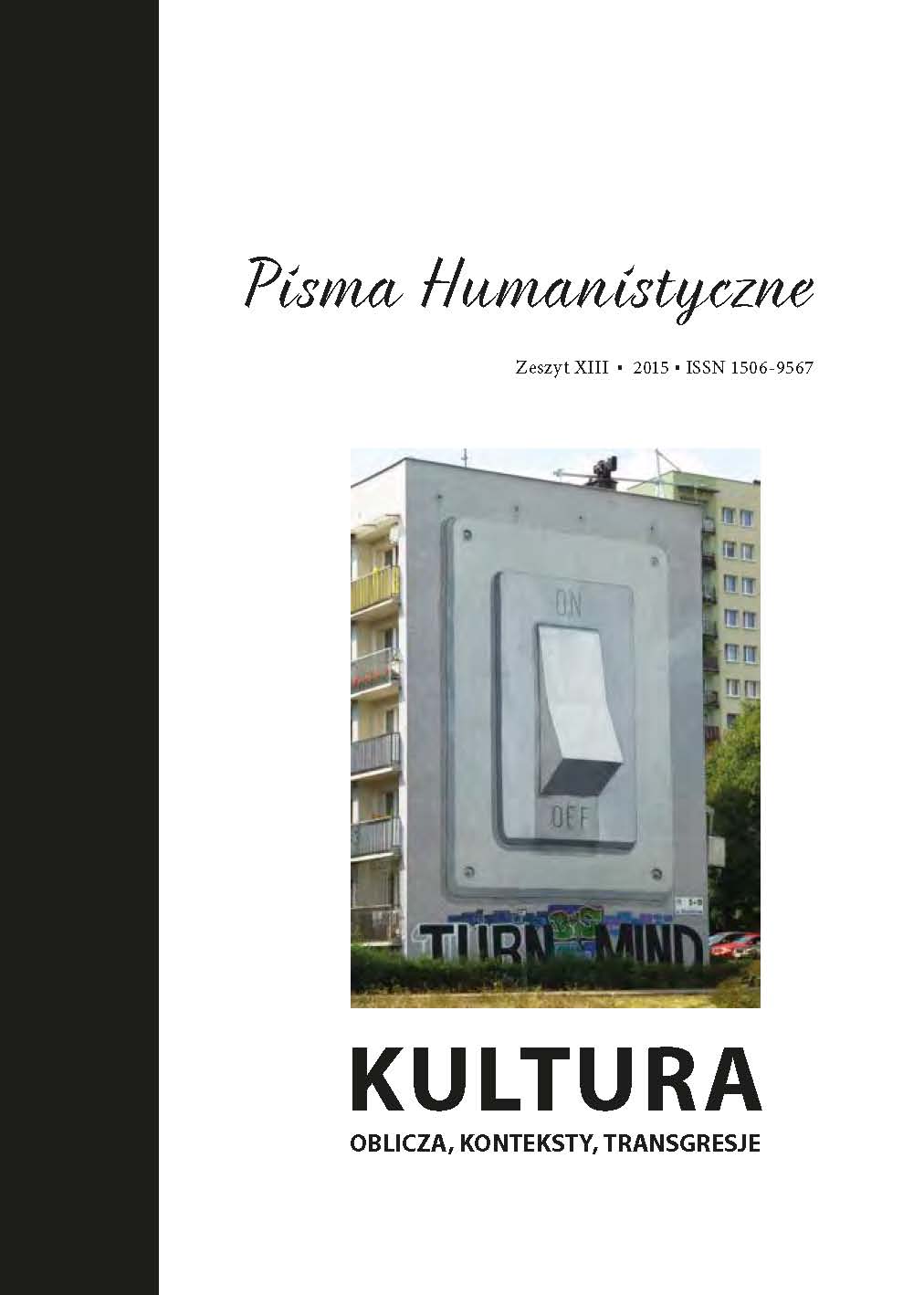
The aim of this article is to show some basic iconographical problems that early modern artists had when they wanted to present a historical theme in their works. Despite the growing number of articles and books focusing on the historical consciousness and reflection on the history in the early modern times, we still observe a deficiency in analyses of a visual side of the history in art. Basing on several catchy judgments of Vasari or Moliere, it is often said that since the Renaissance, the Middle Ages with their art and culture were at least neglected, if not despised. We can state however that both artists and aesthetes often underlined importance of old artworks, which has been expressed clearly by Bernard de Mountfacon, who in the preface to his great work describing French monuments wrote that they “help to enlighten history and customs of the first kings”.
More...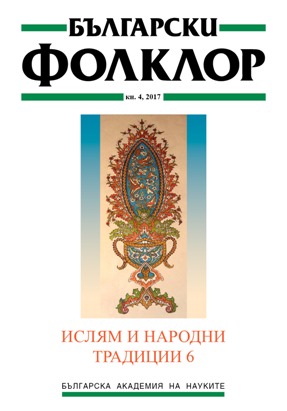
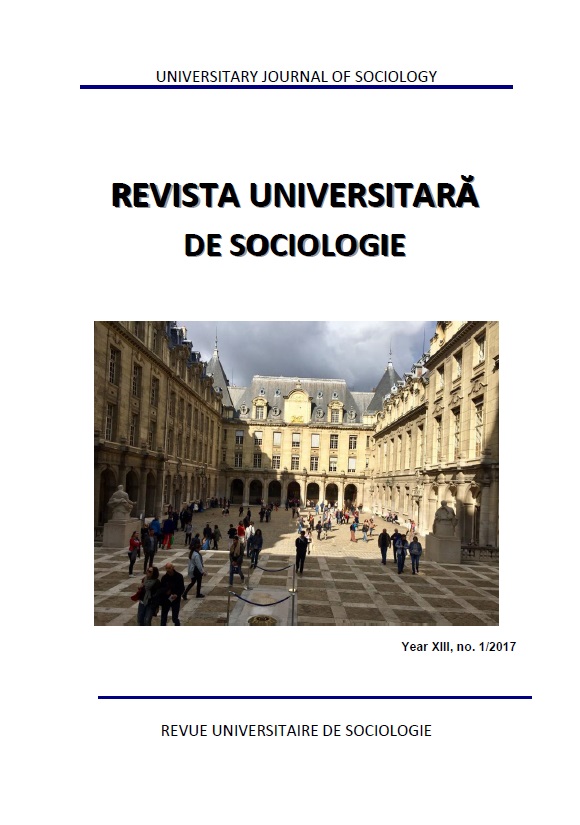
Self-portraits dominate the work of the artist Nikolay Ruschukliev. The text analyses the stages which the genre preferences characteristic for this artist go through in the context of the relationship between self-portrait and the concept of life’s meaning and changes in its content. It also traces how the artist manages to commit to his conscious choice permeating his whole existence to create self-portraits and his reasons for having the "meetings" with himself. It is an attempt to answer questions posed by the paradoxical inverse relationship between the size of the synthesised messages to the world in which the artist lives and his ability to give sincere and honest answers to simple questions addressed to and from his self. Addressed are the issues how the ideologically provoked thresholds in life after filtering are transformed into an act of defence of personal truth, and why that very "self-awareness" is the necessary prerequisite for the achievement of this truth. The idea sustained is that the self-portraits of Nicholay Ruschukliev may be the key to understanding its transformation into genuineness about the world ... whereas the viewer who has touched this world "sinks" in the reflection of their own emotions, feelings, desires and fears.
More...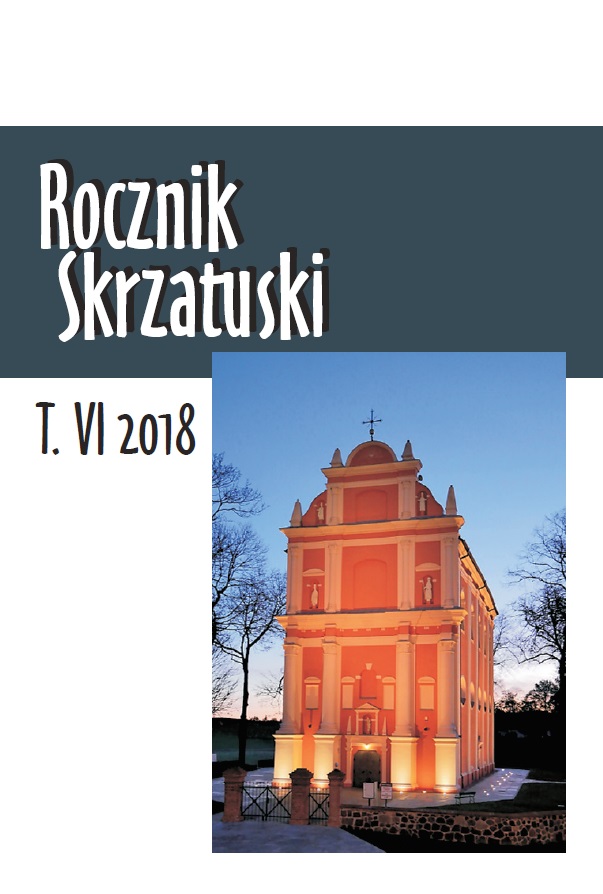
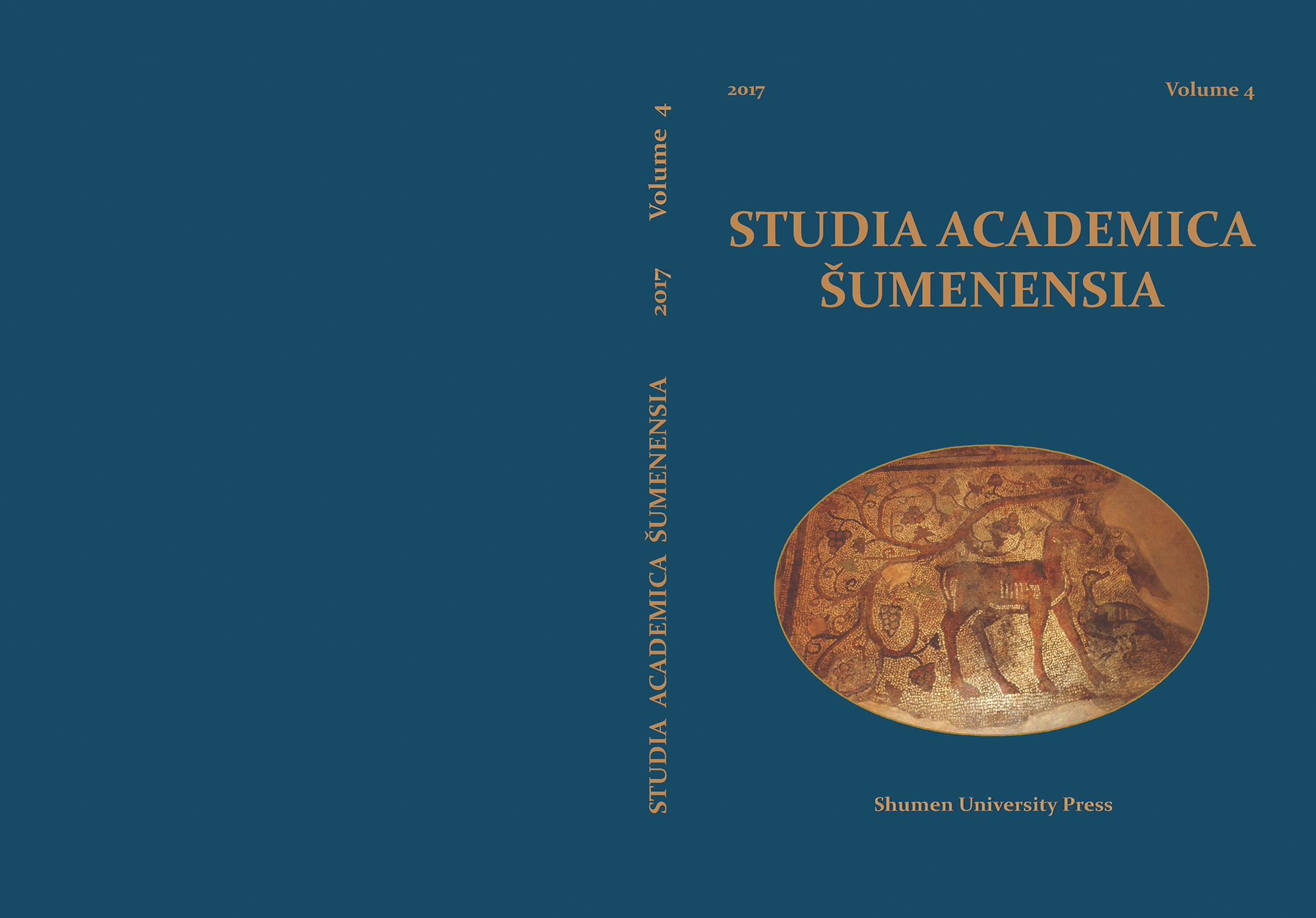
This paper refers to the sculptural monuments with depictions of myths from one of the cities in the province of Thrace - Augusta Traiana. In the city and its territory have been discovered the representations connected with Apollo myths – the Metamorphosis of Daphne and the Punishment of Marsyas; also some with the Heracles Labours and one of Orpheus among the animals. The paper discusses the function of these sculptural monuments, as well as their iconography and style features. The monuments from Augusta Traiana reveal a very good example of the existence of mythological subjects and representations in a Roman city and its territory. These depictions find their natural place in the city itself. It is inhabited by people of different origin, but they all live in a cultural milieu, in which the Greek mythology is well known. These mythological representations are spread in the territory of Augusta Traiana under the influence of the Greek oriented city culture. They are met and used in different contexts by the various representatives of the provincial society.
More...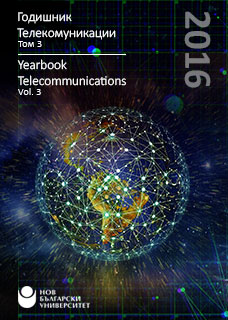
Purpose: To research features of TV programming regarding the presence of Bulgarian films on the TV screens Results: Proves that commercial TV programming is deliberately aimed at the most uneducated part of the audience and meets its needs. This was achieved via one year monitoring of the leading Bulgarian TV stations. Contributions: This research exposes a huge problem in the promotion of socio-cultural patterns of behavior and mass culture. Everybody can do as they wish, as long as they win, as the neo-liberals say. The problem is that the cost of forced mediocrity will then be paid by everyone.
More...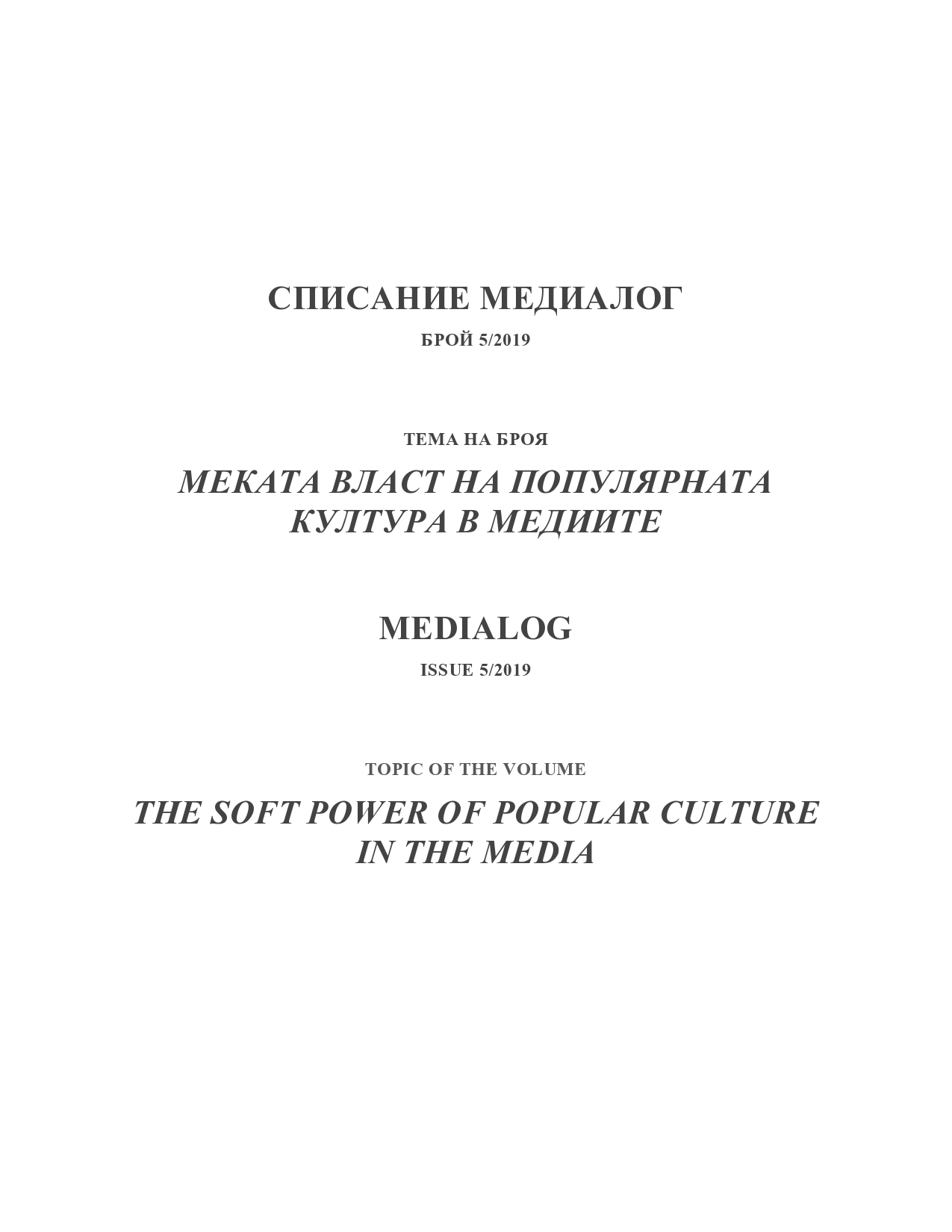
12th Central and Eastern European Communication and Media Conference (CEECOM 2019), from 19th to 21st June, 2019. The focus of CEECOM 2019 was the strategic and practical aspects of managing communications, thus establishing a wide interdisciplinary foundation for works in the field of communication, media studies and political sciences. The aim of organizations was to bring together a number of scholars with diverse backgrounds to exchange ideas regarding the present and the future of communication endeavors.
More...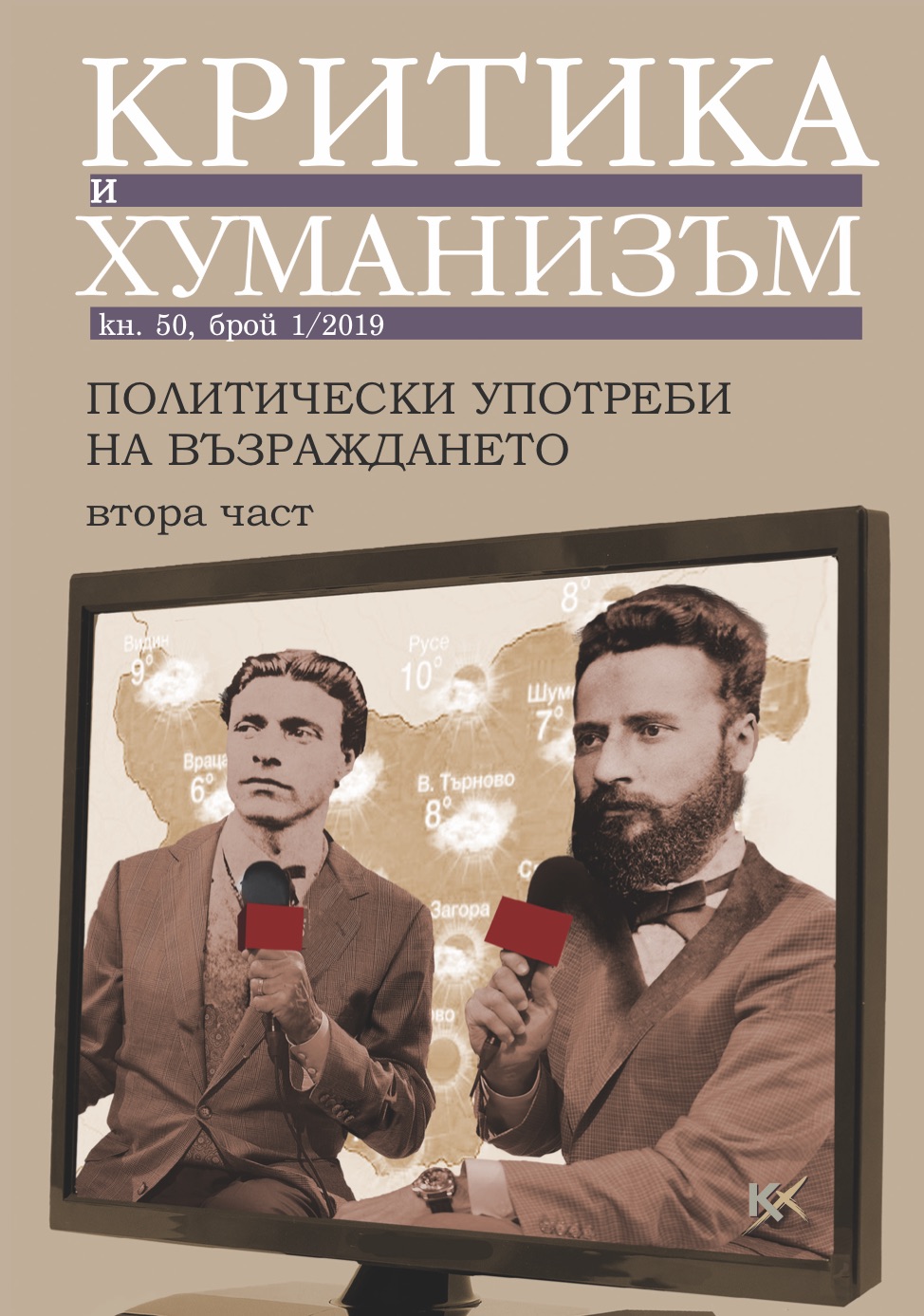
What happens when the genre you are developing dies? What happens with the Estrada musicians when the whole industry of socialist Estrada entertainment dies with the abandonment of the word ‘Estrada’? The text summarizes the results from a research of 10 newspapers, 2 online publications and the so called music reality TV shows on Nova TV and bTV as well as ‘The best years of our lives’ show on BNT in the period 1990 – 2017. The music contests add another category which the contestants abide by: ‘we must be proud as nation’ – the country is not doing well, but we are a nation of talented singers. The main results show that the musicians recreate this specific ‘national mystical language’ as Milena Iakimova defined it (Iakimova, 2011:76). The fault for the state of the Estrada music after 1990 is in ‘our own media’ which don’t play their music. Patriotism is seen as a main strategy for their role on the stage of the folk entertainment.
More...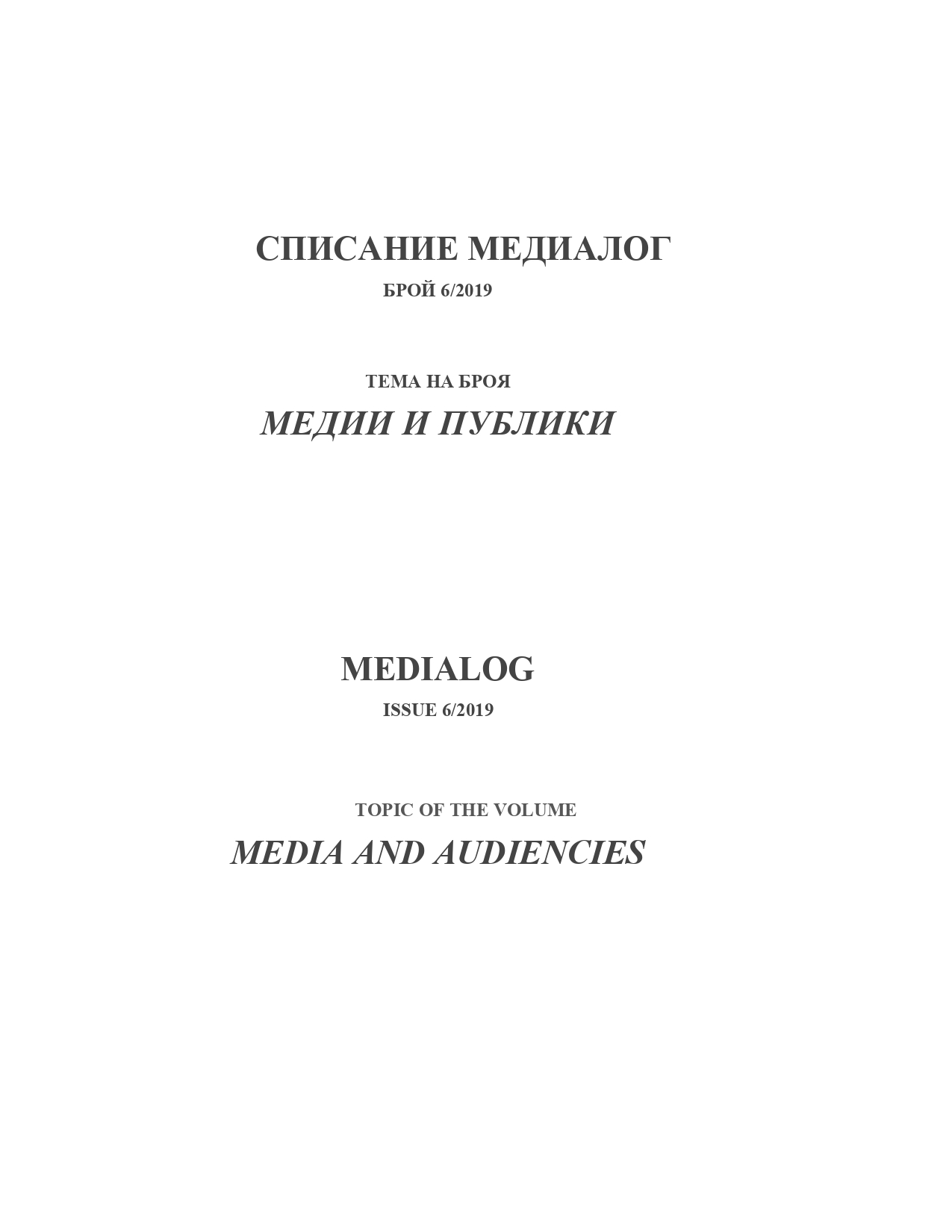
This article looks for an answer to the questions how specific media and musical texts and figures (scripts, shows, songs, singers, hosts) are perceived by the audience, i.e. reception. How power narratives, reflected in media and music, and power media practices take on a life of their own, outside of media context and channels from top to bottom – folklorization. How low media-musical idioms, which can be in dissonance with the official ones, flourish from the bottom to the top. Several cases related to the media reception of folk singers (Petkana Zaharieva, Mita Stoycheva, Gyurga Pindzhurovа) and their newly created songs are considered.
More...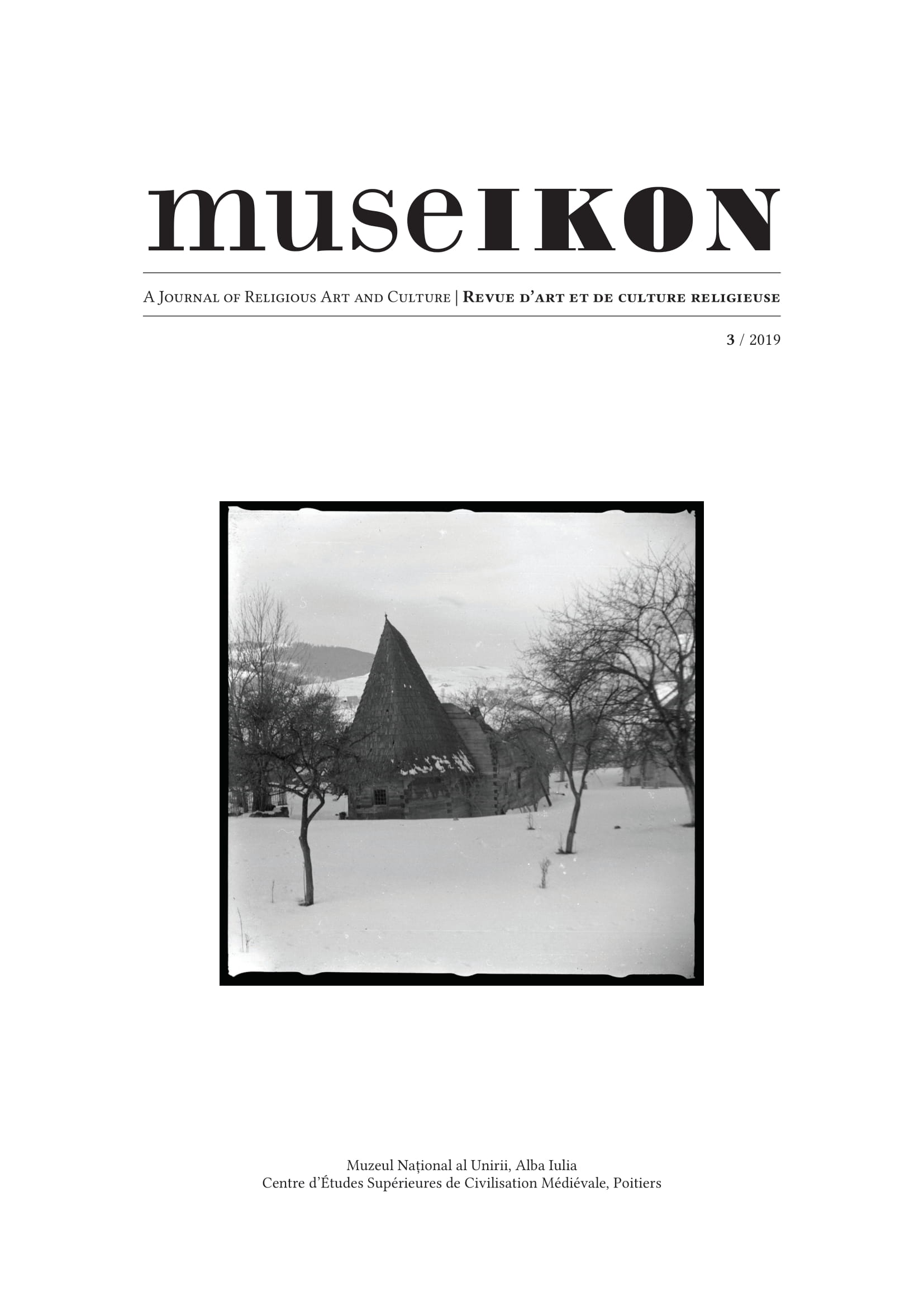
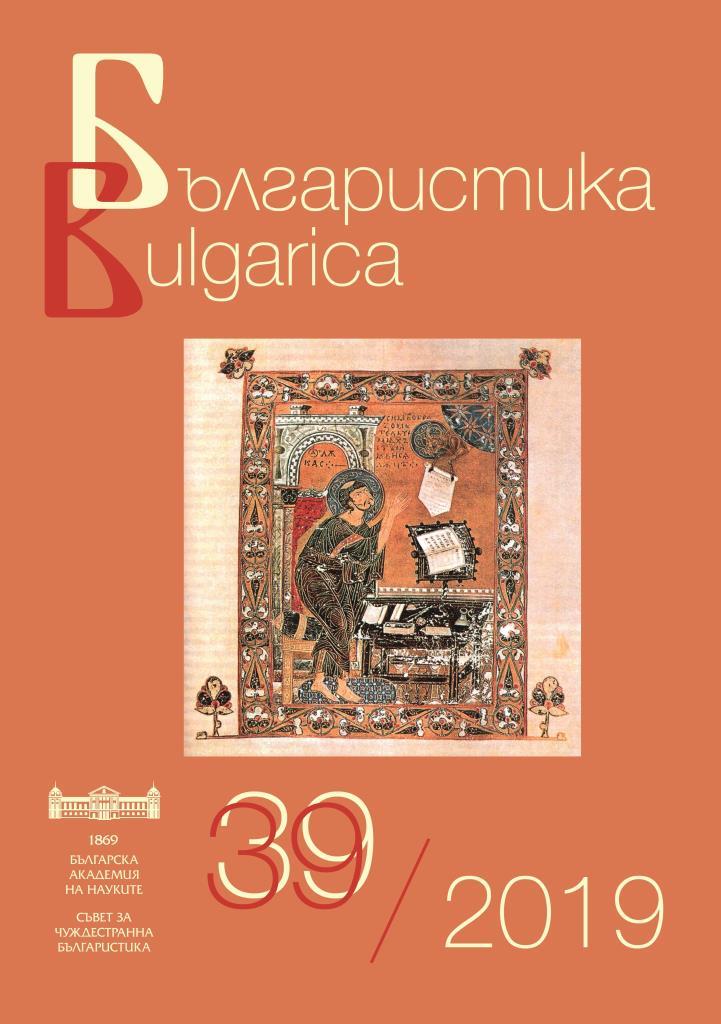
Defended PhD theses in Bulgaria in the field of linguistics, literature, history, folklore, ethnography and art studies.
More...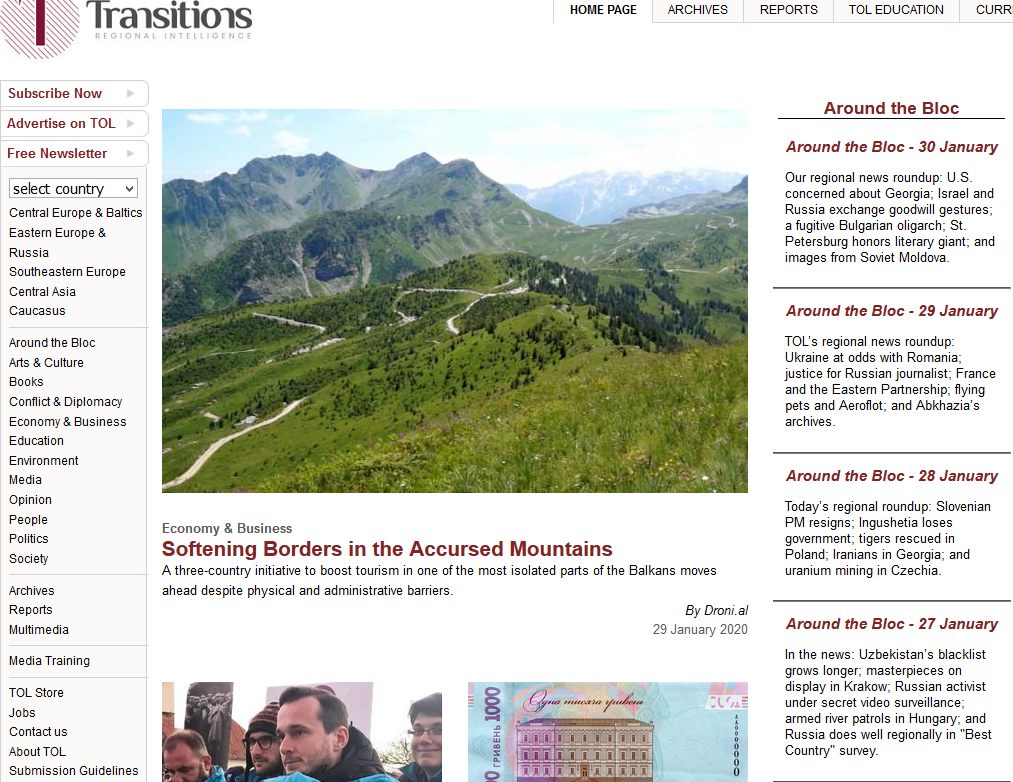
Headlines from around the region: traditions, modernity and outrage in the Caucasus; Poland and a Jewish museum; you say Romanian, I say Moldovan; three Russian sisters; and Armenians in Turkey.
More...
Tema ovog rada tiče se arhitektonske transformacije grada Rima i prihvatanje helenističkih tekovina u arhitekturi u vreme diktature Julija Cezara, a na primeru izgradnje Cezarovog foruma. Proširenje foruma, kao najznačajnijeg društvenog, političkog i kulturnog centra grada Rima, predstavlјa značajan korak u njegovoj graditelјskoj transformaciji. Arhitektonski, Cezarov forum je prostor ograđen tremovima sa korinstskim stubovima, Cezarovom konjaničkom statuom i hramom Venere Pramajke, koja se tradicionalno vezuje za rod Julijevske dinastije. Julijev forum je ujedno predstavlјao odraz Cezarovog političkog uspona i gotovo kultnog statusa stečenog u toku i nakon građanskog rata. Po njegovom uzoru, potonji rimski carevi gradili su forume zasnovane na sličnoj aritektonskoj i ideološkoj koncepciji.
More...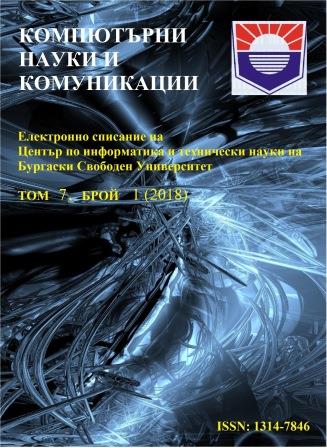
The paper presents different approaches of preserving valuable historical data using modern technologies. The IoT paradigm can easily be applied to the field of cultural and historical heritage. Static cultural places can greatly benefit popularity from intelligent objects, sensors, applications and services. Software architecture of an innovative tourist guide is presented
More...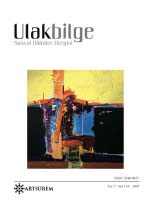
The roots of "surveillance", one of the most important tools of the governments for centuries, date back to very old times. Its major impacts, however, have begun to be deeply felt in modern times. Parallel to the development of nationstates and large-scale bureaucratic organizations in particular, surveillance has also become widespread. In the twentyfirst century, contemporary metropolises are exposed to a constant visual electronic surveillance under the name of security and public safety. In this context, we all are now constantly being watched in public spaces by invisible audiences behind MOBESE cameras. The basis of this system which proposes the control of society by force is based on Jeremy Bentham's Panopticon design. Today, Bentham's eighteenth-century design, Panopticon, is now intertwined with urban scales and replaced with electronic surveillance cameras. The surveillance towers and guards at Panopticon correspond to the central control rooms and the cameras, respectively. The ordinary citizen is being watched through cameras by invisible guards; but the observers are made invisible. Artists have responded to the aspirations of public surveillance by means of their works of art as well. In this article surveillance that's changed gradually in terms of physically and dimensionally which has all the way changed our physical and social life up to the present time, and the aspects are analyzed along with the related works of selected examples of arts so far.
More...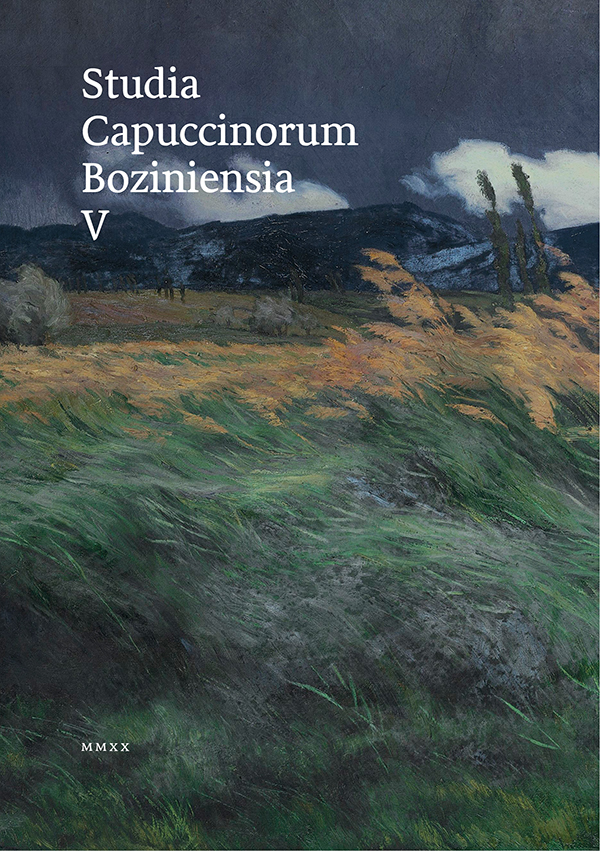
Slovak translation of De institutione musica (I,1-14) from Boethius.
More...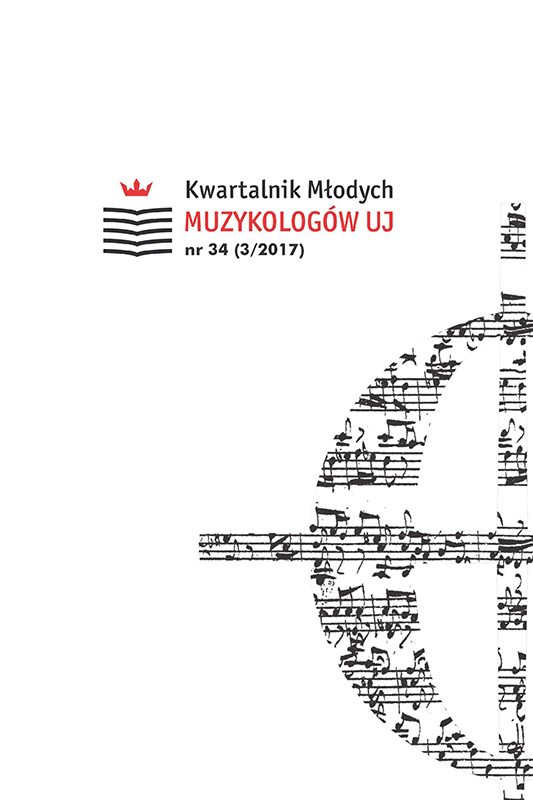
Three musical adaptations of the myth of Phaedra, in which the wife of King Theseus of Athens desperately falls in love with her stepson Hippolytus, were composed in the second half of the twentieth century by three homosexual composers: the dramatic cantata Phaedra for mezzosoprano and small orchestra (1976) by Benjamin Britten (1913-1976) after a text by the American poet Robert Lowell, the opera Le Racine: pianobar pour Phèdre (1980) by Sylvano Bussotti (1931-) after a libretto drafted by the composer himself and consisting of a prologue, three acts, and an intermezzo, and, last but not least, the two-act concert opera Phaedra (2007) by Hans Werner Henze (1926-2012) after a libretto by the German poet Christian Lehnert. The aim of this paper is to prove that the three homosexual composers chose a myth about an incestuous—and thus censored—love in order to represent homoerotic desire, labelled as deviant by the coeval heteronormative society and hence condemned by it. The study sheds light on the aspects of the most famous literary elaborations that affect gay sensibility, and on how the three composers experienced their homosexuality and gave utterance to it in their other works. The analysis of the three works at issue demonstrates that the discourse about gayness takes shape through the interplay of numerous aspects. The elaboration of the literary sources, the organization of the libretto, the characters’ definition, and the mise-en-scène, together with the music, put the myth into that perspective.
More...
The purpose of my paper is to reveal the main features of the mystery genre in the European musical culture of the 19th and the 20th century on the basis of the genre features established in the Antiquity and the Middle Ages.The mystery play genre, as we know, in essence means the firm unity of certain stable features. The complexity of those features consists of two specific elements—religion and social, and a general one—the model of the world for a certain epoch.If in the mysteries of Ancient civilizations and the Middle Ages, the aforementioned components operated as a firm unity of inseparable elements; later, in the period after the “new times”, especially at the end of the 19th century and in the 20th century, the stable elements were disintegrated from each other. This process is discussed on the examples of the following operas:• The common religion and ethical model—Wagner’s Parsifal;• The code of moral rules and principles in the social context—Schoenberg’s Moses und Aron;• The explication of Thomistic ideas in the modern world—Messiaen’s Saint François d’Assise.What is outlined is the unity of necessary components of the genre of the mystery play: multidimensional sources of libretto; a mission of the main hero; the author’s interpretation of the mystery; the abundance of ritual scenes; the relationship between the internal and externaldramaturgical processes; synthesis of the different theatrical genres; static dramaturgy. All of these features suggest a specific type of musical main mystic spheres: divine, terrestrial and demonic. Consequently, the dramaturgy of opera staging has three levels of activity: superficial, inner and upon time.
More...
The article discusses the issue of Jewish musicians’ identity by the example of prewar Galician artists. It emphasizes the role of social and political divisions within Jewish community and the impact of assimilation, liberalism, socialism and Zionism on the musical life of Jews in Galicia. Then, it discusses their influence on individual musicians like: Bronisław Gimpel, Bronisław Huberman, Józef Koffler, Stanisław Lipski, Wilhelm Mantel, Paweł Anhalt, Stefan Schleichkorn, Henryk Guensberg, Józef Neger, Henryk Apte, Izaak Lust, Zofia Lissa, Mordechaj Gebirtig, Nachum Sternheim and musicians active on the stage of popular music. Its aim is to encourage musicologists to reconsider the issue of prewar Jewish musicians’ identity and to use findings of historians and sociologists in musicological literature. They indicate rather complexity, not unilaterality, of the self-identification of Jews in diaspora. Understanding of the Jewish musicians’ work conditions allows to discover the hidden meaning of their actions.
More...